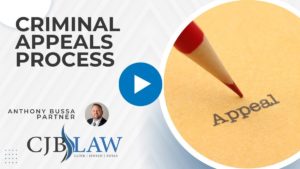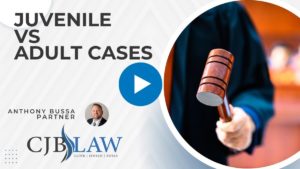Legal terminology can seem like a foreign language to those not familiar with it. It becomes particularly challenging when you’re trying to understand and navigate your way through a personal accident case. One such term that often causes confusion is “negligence.” This comprehensive guide aims to simplify and elucidate the concept of negligence, especially as it applies to slip and fall cases.
Understanding Negligence

The standard for negligence is essentially what a reasonable person would or wouldn’t do in a given situation. It might seem abstract at first, but understanding negligence is both an art and a science. Let’s delve deeper into this to better grasp its implications.
Art and Science of Negligence
Negligence, in its essence, involves a blend of subjectivity and established standards. The ‘art’ comes from its subjective interpretation—different individuals may have varying perceptions of what constitutes reasonable behavior. The ‘science,’ on the other hand, lies in the concrete parameters defined by the law to determine whether an action (or lack thereof) qualifies as negligence.
Applying Negligence in a Slip and Fall Case
When it comes to slip and fall cases, negligence takes center stage. Determining whether negligence was at play is crucial to establish liability. But how exactly does this concept apply? Let’s illustrate this with an example.
Negligence: An Example
Imagine an automobile accident where a driver fails to stop at a stop sign, causing an accident. This failure to perform a reasonable act—stopping at the sign—constitutes negligence. Similarly, in a slip and fall case, if a property owner neglects to address a known hazard that subsequently causes an accident, their failure to act as a reasonable person would be, in essence, negligence.
Making a Case for Negligence in Your Slip and Fall Incident
Understanding the theory behind negligence is one thing, but applying it to your unique situation is another. When dealing with your slip and fall incident, knowing how to identify and establish negligence can make all the difference.
When Is There Negligence in a Slip and Fall Incident?
Establishing negligence in a slip and fall case involves demonstrating that the defendant failed to perform a reasonable act that could have prevented the incident. If the property owner failed to ensure safe conditions despite being aware of the hazardous situation, you can make a strong case for negligence.
Work With an Experienced Slip and Fall Attorney Today

Understanding negligence is a mix of art and science, requiring both analytical thinking and subjective interpretation. Having a clear grasp of this concept can be pivotal in any personal accident case, including slip and fall incidents. Knowledge is power, and having this understanding equips you to better handle your situation. Here’s hoping that this guide has brought some clarity to the often-confusing concept of negligence, and how it applies to slip and fall cases. Stay safe, keep learning, and contact CJB Law today to speak with our legal team about your slip and fall case.



